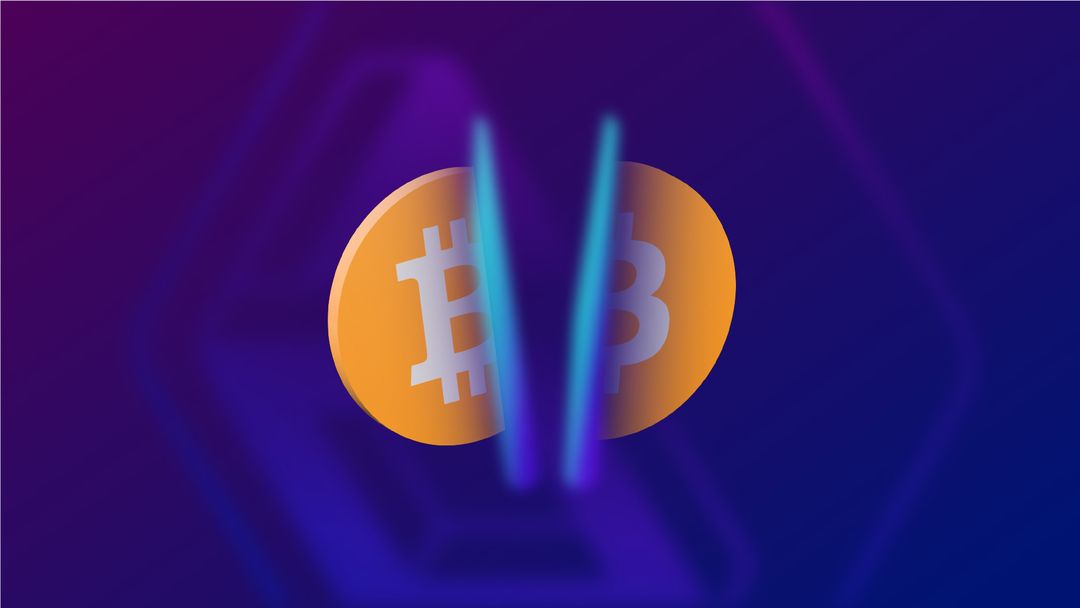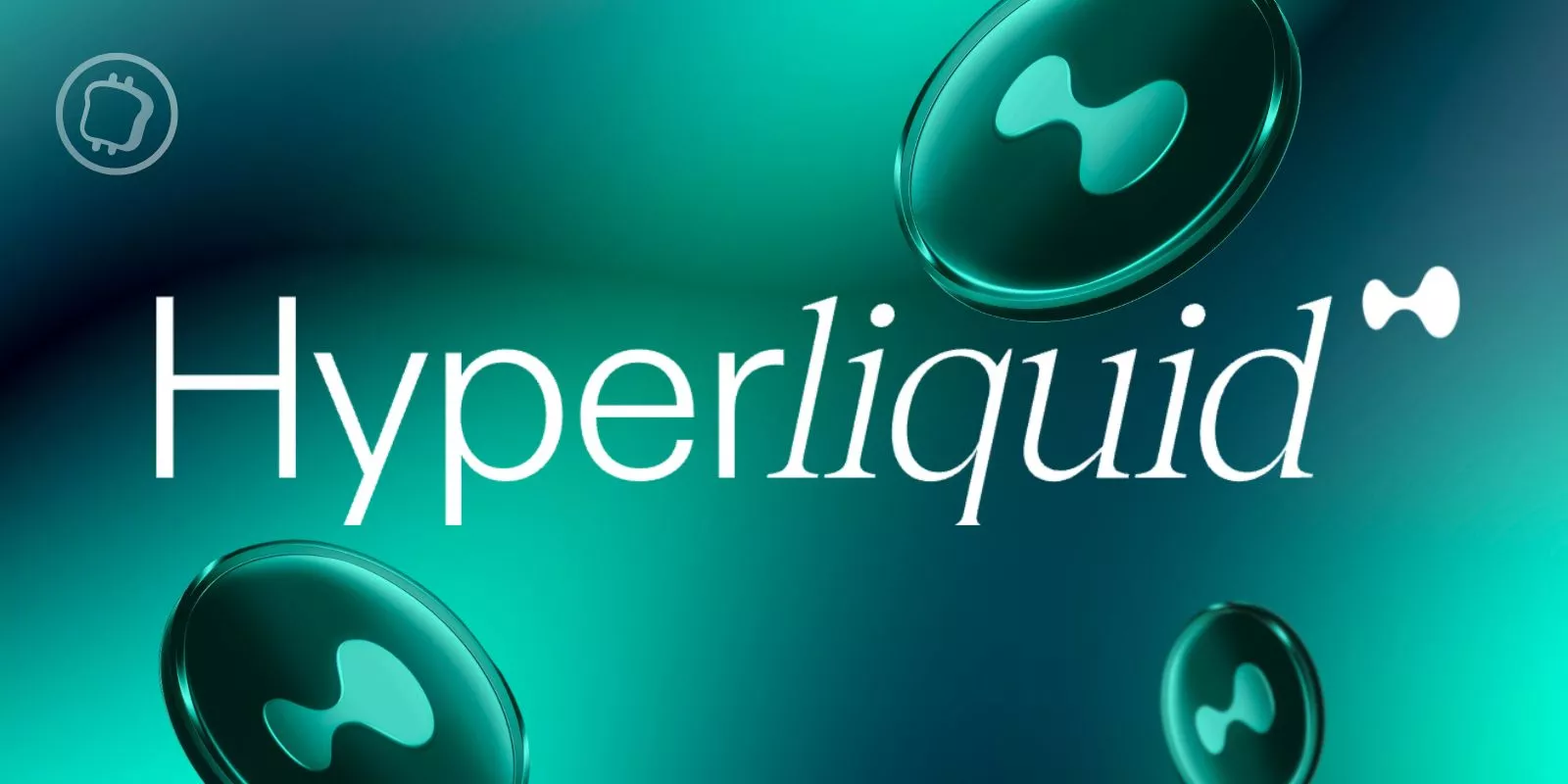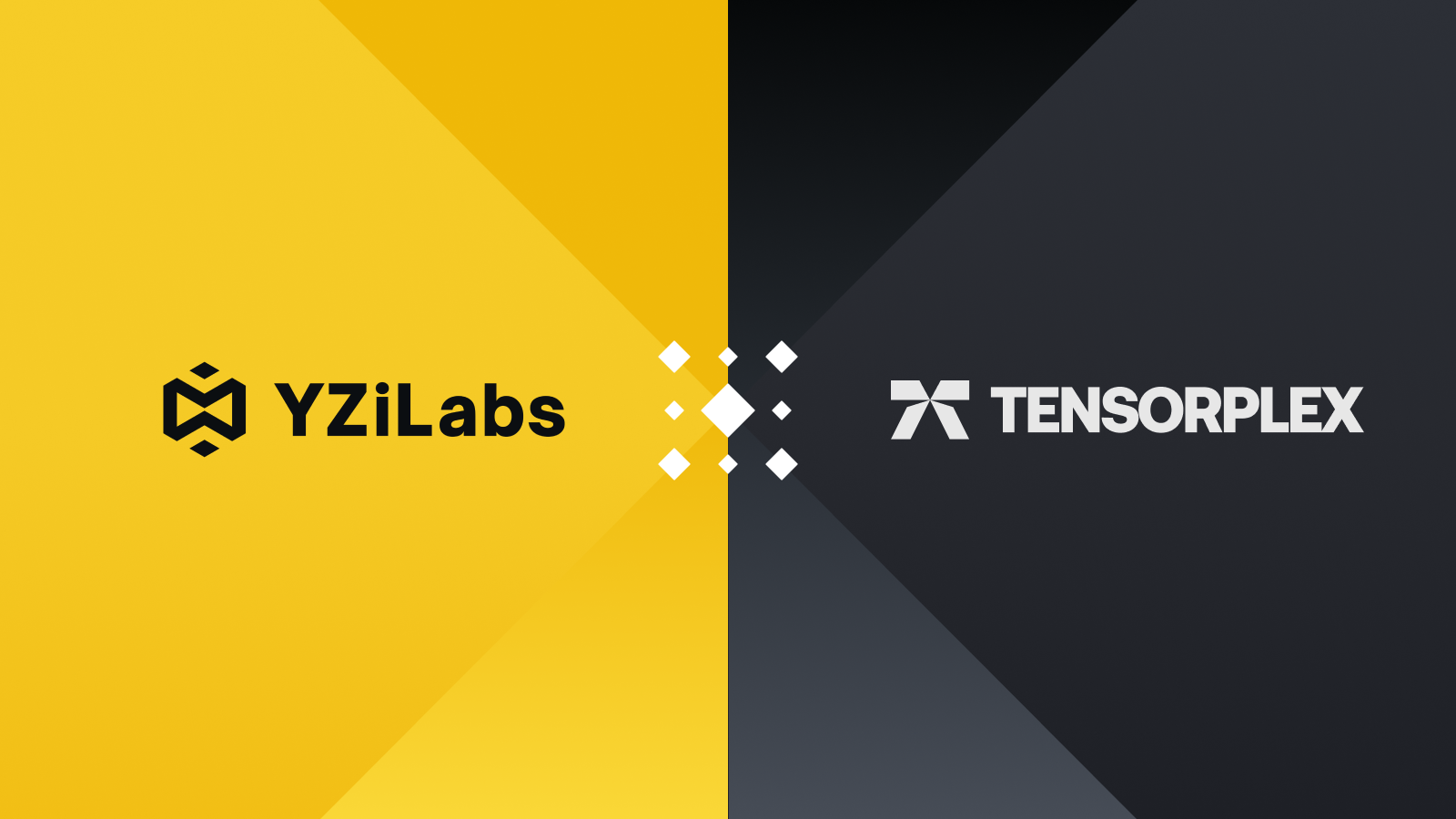Key Takeaways
- Bitcoin halving is a core event in the cryptocurrency's protocol that halves the reward for mining new blocks, occurring approximately every four years.
- Halving directly influences Bitcoin's supply, contributing to its deflationary nature by ensuring a finite supply of 21 million coins, enhancing its long-term value proposition.
- The event drives mining innovation, pushing for more energy-efficient hardware and operational optimizations to maintain profitability under reduced block rewards.
- Miners can adapt to post-halving conditions by engaging in DeFi activities, leveraging their Bitcoin holdings to generate additional yield.
- Historical halvings have shown that while the immediate impact on the market can be varied, each event garners significant attention, fostering community engagement and discussion.
- Future halvings are anticipated to emphasize further BTC scarcity, potentially increasing its appeal as a digital store of value and prompting further innovations in the mining sector and broader crypto ecosystem.
Bitcoin, the pioneer of decentralized digital currency, has introduced several ground-breaking concepts to the financial and technological world. Among these, the "Bitcoin halving" stands out for its significant impact on the cryptocurrency's supply, mining community, and overall market dynamics. This event, which occurs approximately every four years, is a built-in feature of the Bitcoin network that reduces the reward for mining new blocks by half.
The importance of Bitcoin halving extends beyond its immediate effect on miners' rewards. It touches on the very essence of Bitcoin's value proposition: the assurance of a finite supply, capped at 21 Million coins. This scarcity principle is what many believe underpins Bitcoin's potential long-term value.
Let’s explore how Bitcoin mining affects the market and mining landscape.
Understanding Bitcoin Halving
At its core, Bitcoin halving is a predetermined event embedded within the Bitcoin protocol that reduces the reward for mining new blocks by 50%. The event occurs every 210,000 blocks, which, given the average block time of approximately 10 minutes, translates to roughly every four years. Initially, the reward for mining a single block was 50 bitcoins. It's programmed to reach 3.125 bitcoins in the next halving event, scheduled for April 17th, 2024.
The rationale behind Bitcoin's halving is deeply rooted in the cryptocurrency's deflationary monetary policy, designed by its pseudonymous creator, Satoshi Nakamoto. Unlike fiat currencies, which central banks can issue in unlimited quantities, bitcoin introduces a hard cap of 21 Million coins. This scarcity is what many believe will sustain BTC's value over time. Halving is the mechanism that ensures this scarcity, making bitcoin progressively harder to obtain.
The halving process is not just a technicality; it's a critical feature that supports the underlying principles of Bitcoin. By decreasing the rate at which new coins are generated, the halving event extends the timeline over which the total supply will be mined, thus prolonging the life of the mining incentive structure. This gradual reduction in supply issuance mimics the reduction in inflation rate, a concept referred to as "Bitcoin's deflationary model."
This deflationary approach contrasts sharply with traditional fiat monetary systems, where central banks can influence inflation and deflation by controlling the money supply. Bitcoin's predetermined issuance schedule introduces a level of predictability and transparency into its monetary policy, setting it apart from conventional currencies and aligning it more closely with finite natural resources.
Historical Perspective of Bitcoin Halvings
Since the inception of BTC in 2009, its underlying network has undergone three halving events, each marking a significant milestone in its journey. The first halving occurred in November 2012, when the reward for mining a block dropped from 50 to 25 BTC. It set a precedent for how the market and mining landscape might react to such a fundamental change in BTC's new supply rate.
Halving | BTC rewards before halving | New BTC rewards after halving | Price on Halving day | Price 150 days later |
2012 | 50 BTC | 25 BTC | $12.35 | $127.00 |
2016 | 25 BTC | 12.5 BTC | $650.53 | $758.81 |
2020 | 12.5 BTC | 6.25 BTC | $8821.42 | $10,943.00 |
2024 | 6.25 BTC | 3.125 BTC | — | — |
The second halving took place in July 2016, further reducing the block reward to 12.5 Bitcoins. The event took place at a time when BTC was gaining more mainstream recognition and adoption, adding another layer of anticipation and speculation about the potential impacts. The halving was followed by a significant increase in BTC's price, although it's essential to note that many factors influence crypto prices, and attributing changes to a single event can be overly simplistic.
The third and most recent halving occurred in May 2020, amidst a global pandemic, reducing the mining reward to 6.25 Bitcoins. This event was unique due to its context, with the world grappling with economic uncertainty and many investors and enthusiasts looking towards Bitcoin as a potential hedge against inflation and financial instability. The next Bitcoin halving will take place on April 17th, 2024.
Why is Bitcoin Halving Important?
The importance of Bitcoin halving extends far beyond a mere reduction in mining rewards; it is a multifaceted catalyst that reinforces Bitcoin's value proposition and underpins its long-term viability.
Incentivized Mining Innovation
As the reward for mining new blocks is halved, miners are compelled to seek more efficient ways to maintain profitability. This necessity fosters a culture of innovation, leading to the development of more energy-efficient mining hardware and the optimization of mining operations. Such innovations not only enhance the sustainability of individual mining endeavors but also contribute to the overall reduction in the Bitcoin network's energy consumption, addressing one of the most critical concerns facing the cryptocurrency.
In addition to pursuing hardware efficiencies and operational optimizations, miners have another avenue to maintain profitability post-halving: engaging in decentralized finance (DeFi) activities through the self-wrapping of their BTC into dlcBTC. This innovative approach allows miners to transform their BTC rewards into a DeFi-compatible asset, enabling them to participate in lending, liquidity provision, and other yield-generating activities in DeFi.
By leveraging the fruits of their mining labor in this manner, miners can open up new revenue streams, effectively supplementing the reduced block rewards. This not only helps sustain their operations but also integrates the traditional mining sector with the burgeoning DeFi space, creating a symbiotic relationship that enhances the utility and liquidity of Bitcoin within decentralized financial markets.
Increased Supply Scarcity
At the heart of Bitcoin's appeal is its limited supply, capped at 21 Million coins. The halving mechanism plays a crucial role in ensuring this scarcity by reducing the pace at which new bitcoins are introduced into circulation. The increasing scarcity of BTC, exacerbated by each halving event, enhances its digital rarity and desirability, distinguishing it from fiat currencies susceptible to inflationary dilution.
Increased Community Engagement
The periods leading up to and following a halving event are characterized by heightened community engagement and discourse. The anticipation surrounding these events ignites conversations among enthusiasts, investors, and newcomers alike, focusing on the underlying principles of Bitcoin, the intricacies of blockchain technology, and the broader implications of cryptocurrency economics.
Potential Price Implications
While not the primary focus of halving, the potential impact on BTC price cannot be overlooked. The reduction in supply issuance, coupled with sustained or increasing demand, can lead to upward pressure on prices. This economic dynamic underscores BTC's appeal over fiat currencies, which can be printed in unlimited quantities by central banks, leading to inflation.
Future Projections and Halvings
As the Bitcoin network approaches its next halving event, speculation and anticipation build around the potential impacts on the ecosystem. Future halvings are expected to underscore BTC's scarcity, possibly intensifying its appeal as a digital store of value. As block rewards diminish, the emphasis on transaction fees as an incentive for miners will likely increase, potentially leading to a more self-sustaining economic model for the network.
Moreover, each halving serves as a catalyst for innovation, not just within mining technologies but across the broader Bitcoin and crypto ecosystem. The integration of Bitcoin with emerging financial technologies, particularly within the DeFi space, may continue to evolve, offering new opportunities for miners and holders alike.
Conclusion
The Bitcoin halving phenomenon is a testament to the ingenuity and foresight embedded in the design of the world's first decentralized digital currency. Far from being a mere technical occurrence, each halving event is a pivotal moment that reaffirms BTC's core principles of scarcity, security, and decentralization. These events not only challenge miners to innovate and adapt but also stimulate widespread discussion and engagement within the broader community, reinforcing the collective belief in Bitcoin's value proposition.
FAQs
What is meant by Bitcoin halving?
Bitcoin halving is an event programmed into Bitcoin's protocol that reduces the reward for mining a new block by half, occurring roughly every four years to ensure a controlled supply.
Is halving good for Bitcoin?
Halving is beneficial for Bitcoin as it reinforces the cryptocurrency's scarcity and deflationary nature, potentially enhancing its long-term value and stability.
Will halving increase the price of BTC?
While not guaranteed, Bitcoin halving has historically led to increased prices due to the reduced supply of new Bitcoins, though many factors can influence market dynamics.
How long does Bitcoin halving last?
The halving event itself is instantaneous, occurring at the moment a predetermined block is mined, but its effects on the Bitcoin ecosystem and market can last indefinitely.
How does Bitcoin halving affect miners and the network's security?
Bitcoin halving can momentarily lower the network's hash rate as less efficient miners shut down due to reduced profitability. However, this triggers Bitcoin's difficulty adjustment mechanism, which adjusts the mining difficulty to make it easier to mine new blocks, thus incentivizing new miners to join the network and restore security. Over time, this adjustment helps maintain a balance, ensuring the network remains secure and profitable for miners, despite the reduced block rewards.














